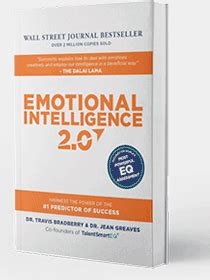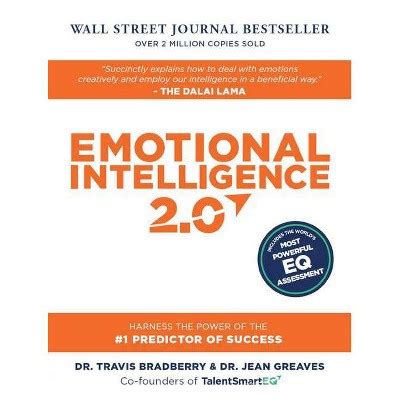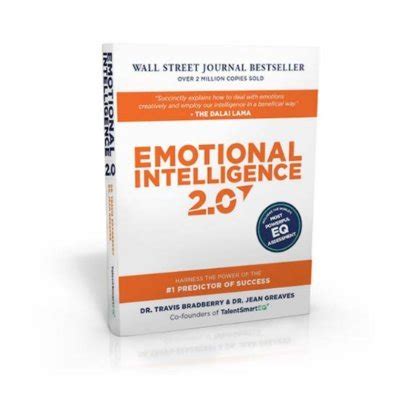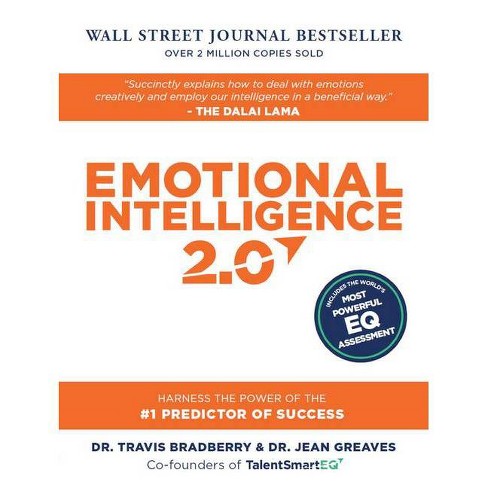Emotional Intelligence (EQ) plays a crucial role in understanding and managing our own emotions as well as navigating interpersonal relationships effectively. As a critical component of personal and professional success, EQ is increasingly recognized for its impact on leadership, teamwork, and overall well-being. To gauge and develop this vital skill, EQ assessment tests have emerged as valuable tools. This article delves into the world of EQ assessments, exploring their purpose, the science behind them, and their practical applications. We will also address criticisms and limitations, and
Come explore this topic with weninsure.xyz for a deeper understanding.
1. Introduction to Emotional Intelligence (EQ)
Emotional Intelligence (EQ) refers to the ability to recognize, understand, and manage our own emotions, as well as the emotions of others. Unlike traditional measures of intelligence, which often focus solely on cognitive abilities, EQ emphasizes the importance of emotional awareness and regulation in achieving personal and professional success. It involves several key components, including self-awareness, self-regulation, motivation, empathy, and social skills.
EQ plays a critical role in effective communication, conflict resolution, and leadership. High EQ individuals are adept at managing stress, building strong relationships, and adapting to changing circumstances. This makes EQ essential not only in personal growth but also in fostering a productive work environment and leading teams successfully.
Given its significance, accurately assessing and developing EQ is of great interest to many professionals and organizations. EQ assessment tests offer valuable insights into emotional competencies and provide a foundation for personal development and leadership training. Understanding EQ and its impact can lead to improved interactions and a greater capacity to handle complex emotional situations, ultimately contributing to overall well-being and success.

2. Overview of EQ Assessment Tests
EQ assessment tests are designed to measure various aspects of emotional intelligence, providing insights into an individual’s ability to recognize, understand, and manage emotions. These assessments typically evaluate core components of EQ, including self-awareness, self-regulation, empathy, motivation, and social skills.
There are several types of EQ tests available, including self-report questionnaires, 360-degree feedback tools, and performance-based assessments. Self-report questionnaires ask individuals to rate their own emotional competencies, while 360-degree feedback involves input from peers, subordinates, and supervisors to provide a comprehensive view of one’s emotional skills. Performance-based assessments, on the other hand, gauge how individuals handle emotional scenarios in real-time.
These tests are used in various settings, from personal development and coaching to organizational hiring and leadership training. By identifying strength

3. The Science Behind EQ Assessments
The science behind EQ assessments is rooted in psychological research and theories that define and measure emotional intelligence. Key theories, such as Daniel Goleman’s model of emotional intelligence, underpin many assessment tools. Goleman’s model includes self-awareness, self-regulation, motivation, empathy, and social skills as core components of EQ.
EQ assessments are developed based on psychometric principles, ensuring that they accurately measure the constructs they are designed to assess. This involves rigorous testing for reliability and validity. Reliability refers to the consistency of the test results over time, while validity measures whether the test accurately assesses emotional intelligence as intended.
Many EQ assessments use a combination of self-report and observer-report methods to capture a comprehensive view of an individual’s emotional competencies. Self-report methods involve individuals evaluating their own emotional skills, whereas observer-report methods gather feedback from others who interact with the individual regularly. This multi-faceted approach helps in creating a more balanced and accurate assessment of emotional intelligence.
Ongoing research continues to refine EQ assessment tools, enhancing their accuracy and applicability in various settings, from personal development to organizational contexts.

4. Practical Applications of EQ Tests
EQ tests have practical applications across various domains, offering valuable insights for personal and professional development. In the workplace, these assessments are used to improve interpersonal relationships, enhance team dynamics, and foster effective leadership. By identifying an individual’s emotional strengths and weaknesses, organizations can tailor development programs to address specific areas, such as improving communication skills or managing stress.
In leadership roles, EQ tests help in identifying and nurturing leaders who can inspire and motivate their teams. Leaders with high emotional intelligence are better equipped to handle conflicts, make informed decisions, and maintain a positive work environment. EQ assessments also support succession planning by ensuring that future leaders possess the necessary emotional competencies.
For personal growth, EQ tests can guide individuals in understanding their emotional patterns and improving their interactions with others. This self-awareness facilitates better management of emotions, leading to more fulfilling relationships and enhanced overall well-being.
In addition to these applications, EQ assessments are increasingly used in recruitment and hiring processes. By evaluating candidates’ emotional competencies, employers can make more informed decisions about their fit within the organization and their potential for long-term success. Overall, EQ tests provide actionable insights that contribute to individual and organizational growth.
5. Criticisms and Limitations
Despite their value, EQ assessments face several criticisms and limitations. One major concern is the potential for self-report biases. Individuals may provide socially desirable responses rather than honest assessments of their emotional competencies, which can skew results. Additionally, self-report measures might not accurately reflect actual behavior in real-world situations.
Another limitation is the variability in assessment quality. Not all EQ tests are created equal; some may lack rigorous psychometric validation, affecting their reliability and validity. This inconsistency can lead to misleading conclusions about an individual’s emotional intelligence.
EQ assessments also face challenges related to cultural and contextual factors. Emotional expression and interpretation can vary significantly across cultures, which may impact the accuracy of assessments in diverse settings.
Furthermore, while EQ tests can provide valuable insights, they should not be used in isolation for important decisions such as hiring or promotions. Combining EQ assessments with other evaluation methods can provide a more comprehensive view of an individual’s capabilities and fit.
Addressing these criticisms requires ongoing refinement of assessment tools and a nuanced understanding of their limitations. Balancing these assessments with o
6. Future of EQ Assessments
The future of EQ assessments is poised for significant advancements, driven by ongoing research and technological innovations. One key development is the integration of artificial intelligence and machine learning to enhance the accuracy and personalization of EQ assessments. These technologies can analyze complex emotional data and provide deeper insights into emotional competencies.
Additionally, there is a growing emphasis on creating culturally sensitive and contextually relevant assessments. Future EQ tests are likely to incorporate diverse cultural perspectives and adapt to various organizational environments, ensuring more accurate evaluations across different settings.
The use of real-time data and behavioral analytics is also expected to improve the practical application of EQ assessments. By capturing emotional responses in real-world scenarios, these advancements will offer more dynamic and actionable insights.
Moreover, integrating EQ assessments with other personal and professional development tools will provide a holistic approach to emotional intelligence. This combined approach will enhance overall effectiveness, contributing to better personal growt
7. Conclusion
In conclusion, Emotional Intelligence (EQ) assessments offer valuable insights into understanding and managing emotions, both personally and professionally. These tools help individuals and organizations enhance emotional competencies, leading to improved communication, leadership, and interpersonal relationships. By evaluating key components of EQ—such as self-awareness, empathy, and social skills—assessments provide a foundation for targeted development and growth.
While EQ assessments have proven benefits, they also face criticisms and limitations, including potential biases and variability in assessment quality. Addressing these concerns through refined methodologies and a comprehensive approach will enhance the accuracy and applicability of these tools.
Looking ahead, the future of EQ assessments promises exciting advancements with the integration of AI, machine learning, and real-time data analytics. These innovations will improve the precision and relevance of assessments, making them more effective in diverse cultural and organizational contexts. As EQ assessments continue to evolve, they will play a crucial role in fostering personal and professional development, ultimately contributing to more successful and emotionally intelligent individuals and organizat
weninsure.xyz

